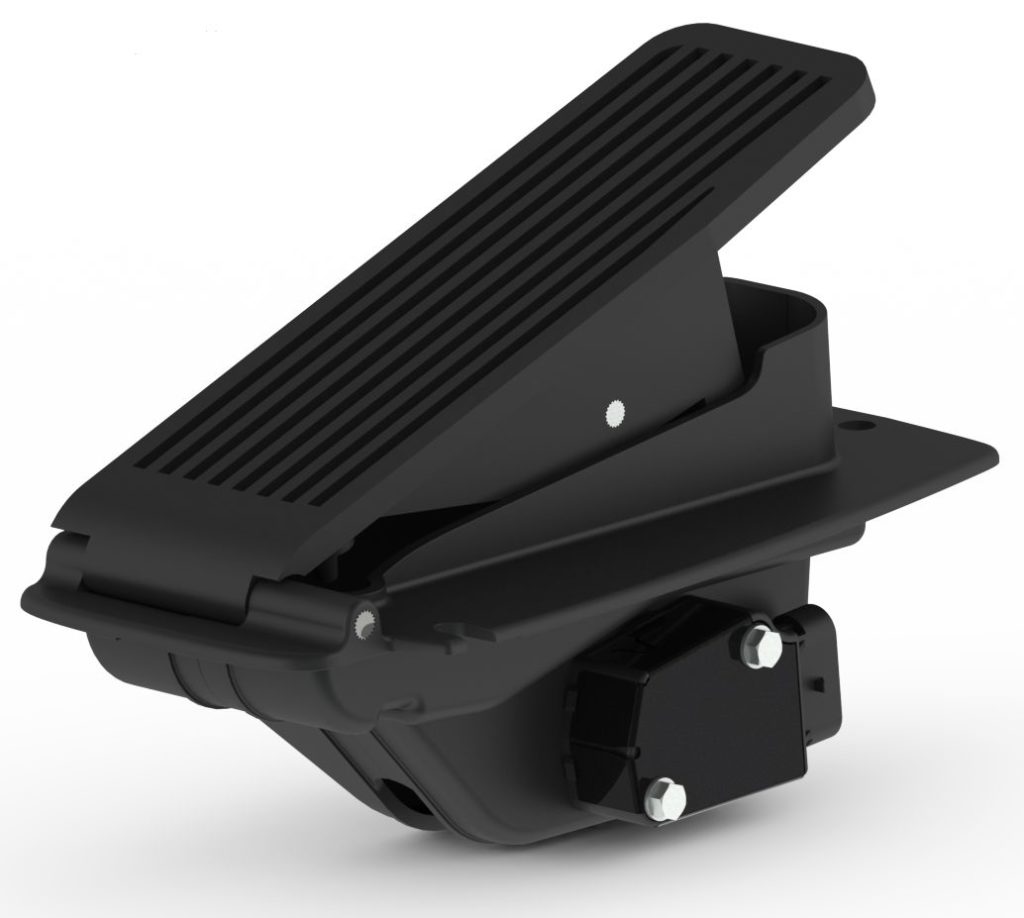The gasoline powered automobile was an out-growth of the steam engines of the time. It was not surprising that the earliest automobiles had very primitive electrical devices.
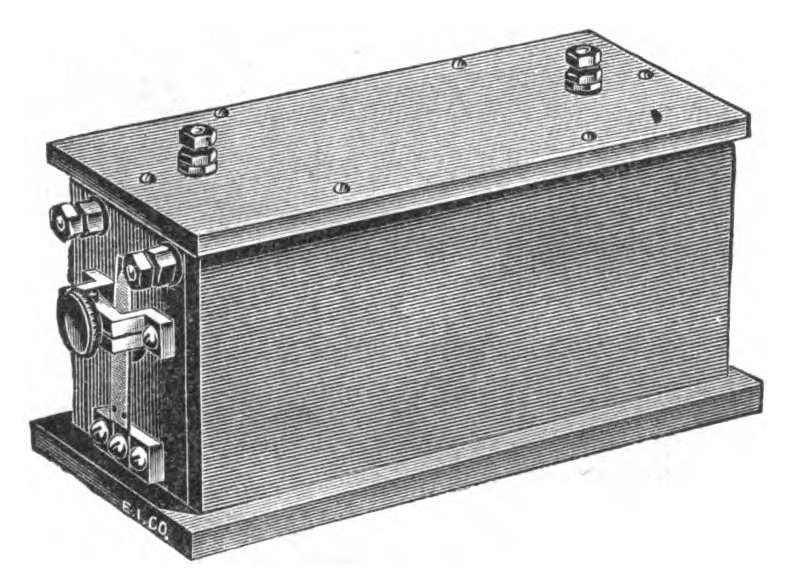 The model T used a spark coil with a buzzer to sent ignition pulses to the spark plugs. The driver was tasked with also operating a lever on the steering wheel to select the required spark advance. Certainly not the user invisible electronic spark advance built into just about every car in use today. Replacing the electric “points” in this design of ignition was part of the regular tune up that all cars prior to 1978 required. A magnetically coupled hall effect sensor was the answer.
The model T used a spark coil with a buzzer to sent ignition pulses to the spark plugs. The driver was tasked with also operating a lever on the steering wheel to select the required spark advance. Certainly not the user invisible electronic spark advance built into just about every car in use today. Replacing the electric “points” in this design of ignition was part of the regular tune up that all cars prior to 1978 required. A magnetically coupled hall effect sensor was the answer. 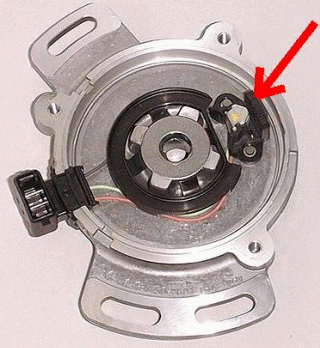 The magnetic field within the sensor can penetrate through a water and air-tight barrier around the electronics. This tight barrier separated the electronics from the corrosive outside environment. Cars no longer required regular replacement of “points” and the corner gas station garage became a convenience store.
The magnetic field within the sensor can penetrate through a water and air-tight barrier around the electronics. This tight barrier separated the electronics from the corrosive outside environment. Cars no longer required regular replacement of “points” and the corner gas station garage became a convenience store.A reliable sensor was only one part of the total solution. Smarter computer programs were also invented to work with the sensor and used to insure that the spark plugs only fired under the correct conditions. The computer programs that run the ignition from the hall effect sensors input have become very smart. The programs accomplish everything from backfire prevention, emission reduction, fuel economy improvement, and smooth gear shifting.
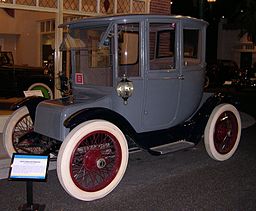 Electric vehicles have been around for a long time. In the early days of the automobile
Electric vehicles have been around for a long time. In the early days of the automobileElectric cars like the Detroit brand shown vied with gasoline powered vehicles. Their problem with battery life and weight is only being solved currently. Other reliability spoilers such as rheostat and potentiometer controls were also a part of the design.
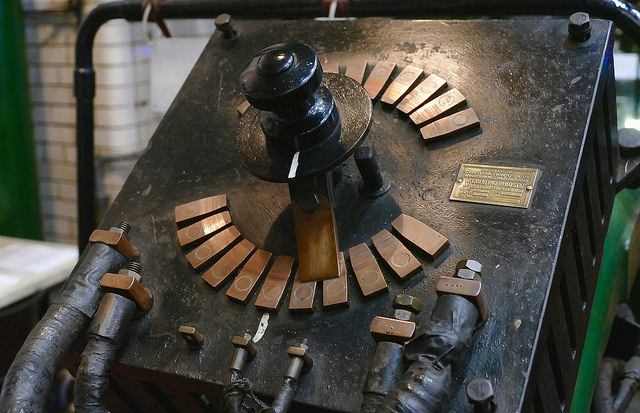 They were not noticed because of the major unreliability of gasoline powered cars at the time. Now that electric vehicles have caught the public fancy, one of my current engineering tasks is replacing wear-prone potentiometers with hall effect sensors. The buying public has come to expect components that last the life of the vehicle. Again a reliable sensor by itself is not enough. Computer intelligence is married with the hall effect sensors to insure safe and predictable vehicle operation
They were not noticed because of the major unreliability of gasoline powered cars at the time. Now that electric vehicles have caught the public fancy, one of my current engineering tasks is replacing wear-prone potentiometers with hall effect sensors. The buying public has come to expect components that last the life of the vehicle. Again a reliable sensor by itself is not enough. Computer intelligence is married with the hall effect sensors to insure safe and predictable vehicle operation


